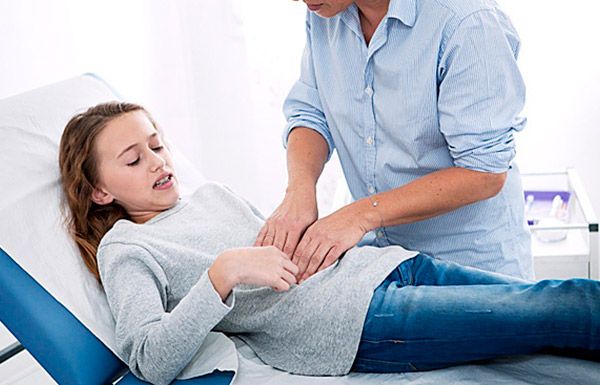Medical expert of the article
New publications
Symptoms of megoureteritis
Last reviewed: 06.07.2025

All iLive content is medically reviewed or fact checked to ensure as much factual accuracy as possible.
We have strict sourcing guidelines and only link to reputable media sites, academic research institutions and, whenever possible, medically peer reviewed studies. Note that the numbers in parentheses ([1], [2], etc.) are clickable links to these studies.
If you feel that any of our content is inaccurate, out-of-date, or otherwise questionable, please select it and press Ctrl + Enter.
Symptoms of megaureter are often absent, i.e. it occurs in a latent form. The general condition of patients remains satisfactory for a long time. Many children with this defect lag behind in physical development. They have some signs of dysembryogenesis, often combined anomalies of the skeleton or other organs and systems are found.
In a bilateral process, such symptoms of megaureter as increased thirst, polyuria, sometimes paradoxical urinary incontinence due to the constant presence of a large amount of urine in the urinary tract, dry and pale skin, anemia often come to the fore. Not all of the listed symptoms are paid attention to in a timely manner. Most often, patients are bothered by urinary disorders.
In the latent or compensated stage of the disease (achalasia of the ureters) there are no characteristic symptoms, which leads to significant diagnostic difficulties and erroneous treatment tactics. During this period, patients are usually quite active. Their kidneys, as a rule, are not yet enlarged.
However, leukocyturia may already be detected, and, upon radiological examination, expansion of the lower or middle cystoid.

In stage II of the disease, a dull pain in the abdomen appears, which is often explained by errors in diet. Patients complain of general weakness and rapid fatigue. Sometimes they have a headache. At this time, persistent pyuria is detected, and excretory urograms show dilation of the ureters along their entire length. The pressure in the upper urinary tract is always elevated. Only rarely can very rare and sluggish contractions of the ureter be seen on urokinesiograms.
In stage III, ectasia of the renal pelvis and calyces is observed. Sick children are more susceptible to infection, fall ill more often, which helps to identify the malformation of the ureters. They become lethargic, lag behind their peers in development. The following symptoms of megaureter often appear: headache, abdominal pain, pain in the lumbar region at the height of the act of urination. The last symptom of megaureter may indicate the presence of VUR. At this stage, the content of residual nitrogen in the blood increases (up to 57.1-75.8 mmol / l). Patients have significant morphological changes in the upper urinary tract, the ureters expand sharply, reach 3-4 cm in diameter, and also significantly lengthen (megadolichureter). Ureterohydronephrosis develops. In urokinesiograms made in stage III of the disease, contractions of the ureter were not detected in any patient.
Symptoms of megaureter may be complicated by signs of chronic pyelonephritis, arterial hypertension, chronic renal failure, sepsis and other diseases.


 [
[